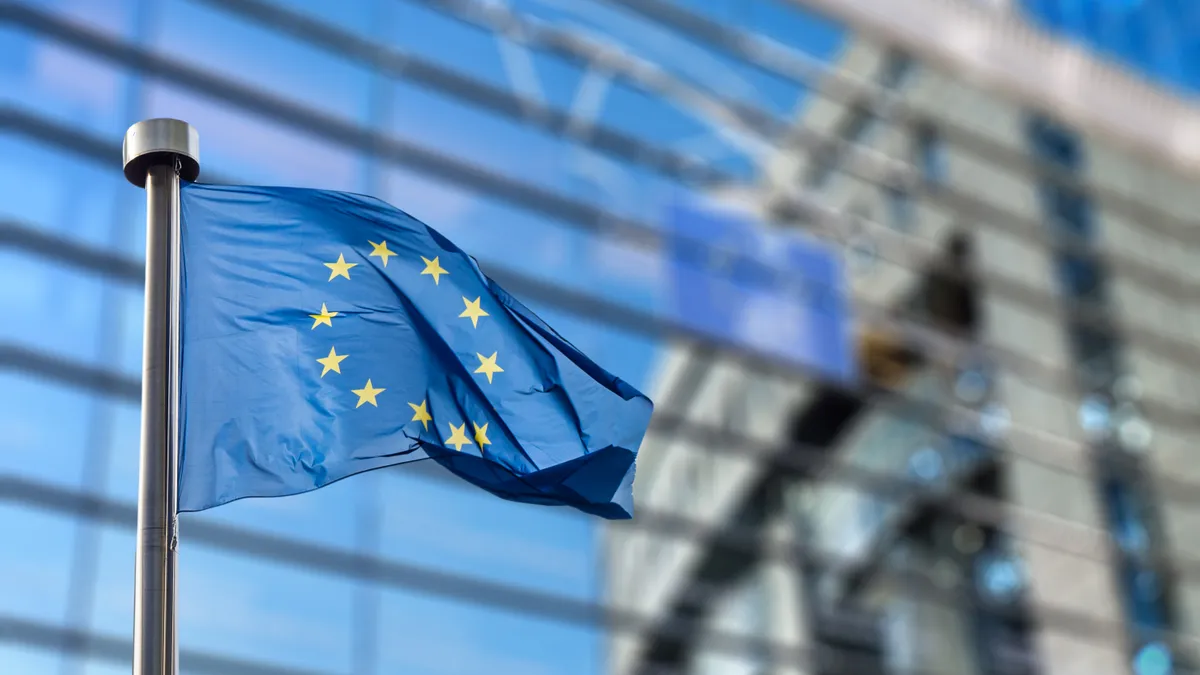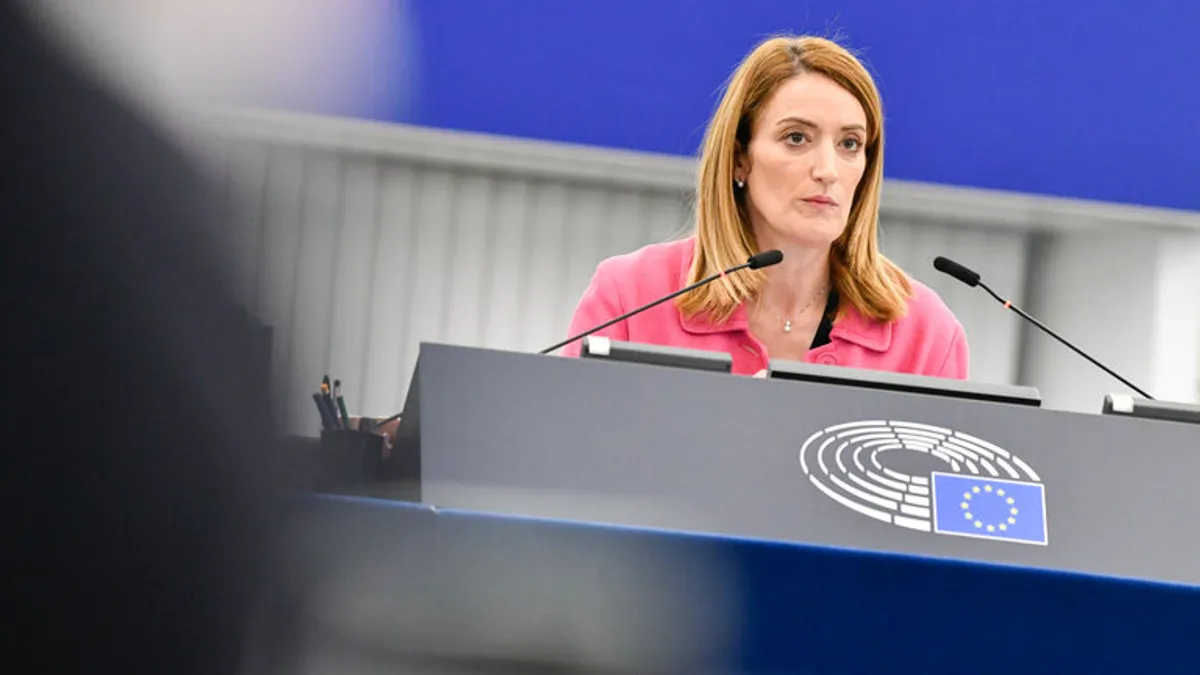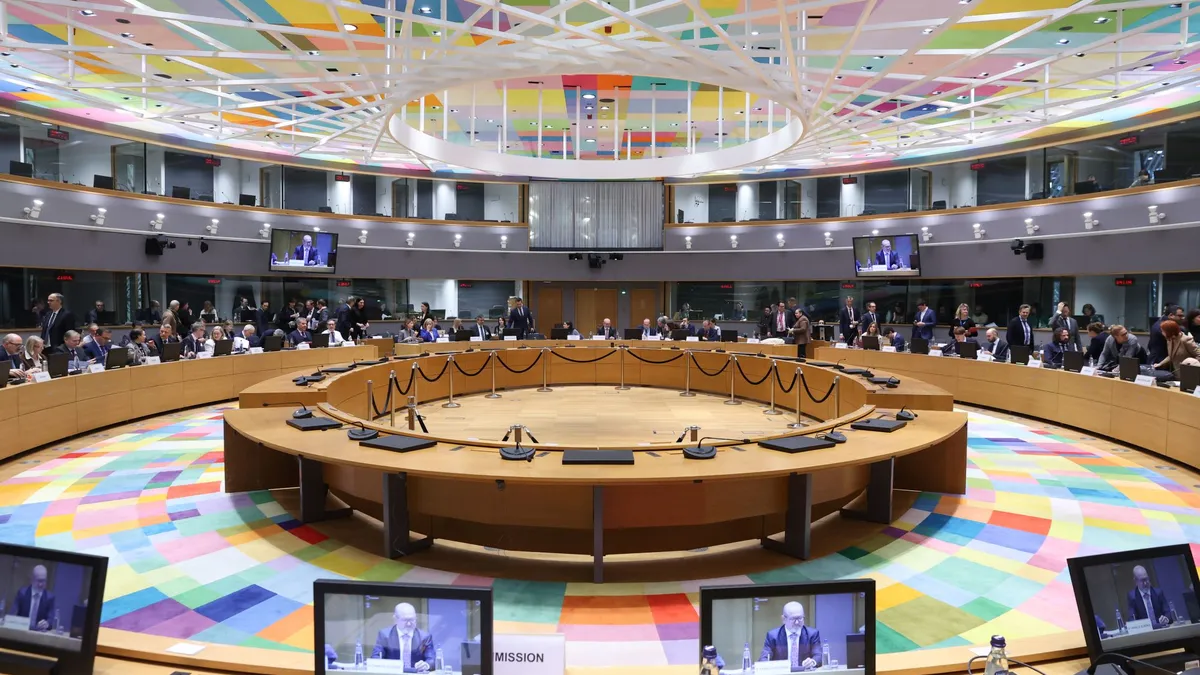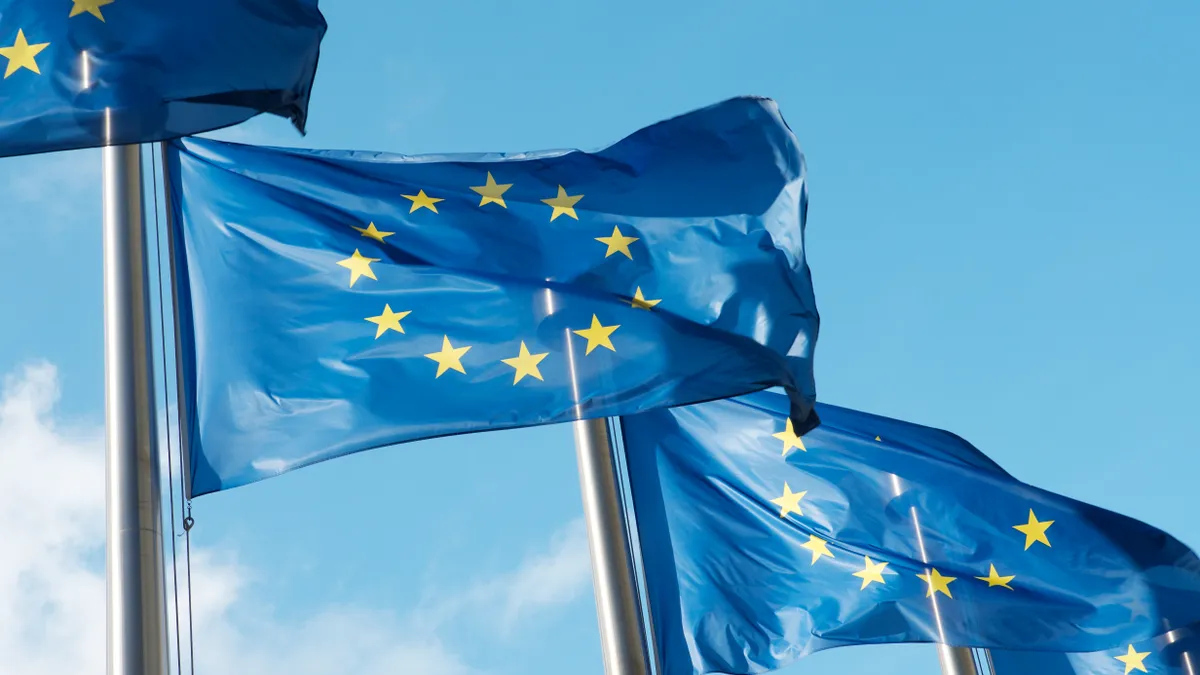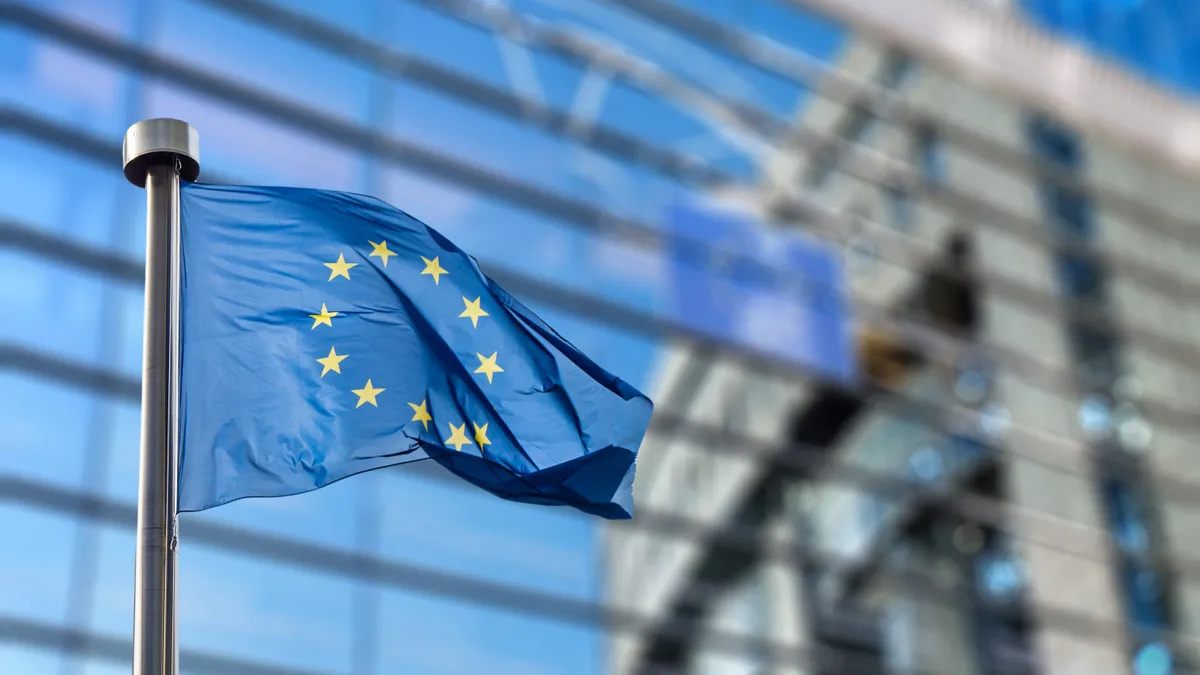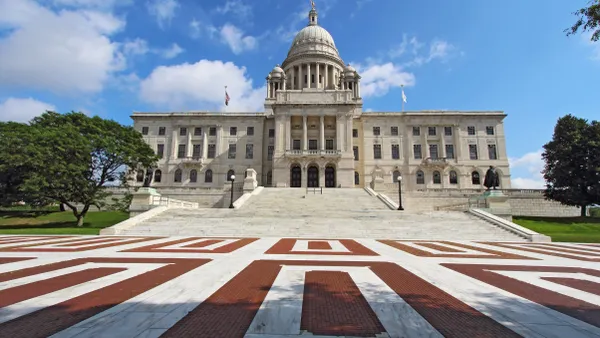European regulators reached a key milestone Monday toward adopting a sweeping new sustainability and safety regulation that has been in the works since 2022.
These latest and final trilogue negotiations produced a provisional political agreement between the European Parliament and Council. This followed the Parliament and Council adopting positions on the proposed Packaging and Packaging Waste Regulation this past November and December.
The next step is for the Council’s member state representatives and the Parliament’s environment committee to endorse the agreement. The text would then need to be formally adopted by both bodies, and the regulation would take effect 18 months after officially published.
“We commend efforts by EU co-legislators to strike a balance between ambitious environmental goals and the practical realities of implementation within the packaging sector,” said Francesca Stevens, secretary general for packaging trade group Europen, in a statement. “While we wait to see the details of today’s agreement, and see if it can concretely lay a solid foundation for advancing towards a circular economy that invests in green innovations, we remain concerned about the potential for further market fragmentation.”
The European Commission originally proposed regulation in November 2022 that would replace the Packaging and Packaging Waste Directive. The proposed regulation has since been the subject of intense industry lobbying, prompting an investigation by Parliament.
According to Parliament’s press release, the agreement sets packaging reduction targets of 5% by 2030, 10% by 2035 and 15% by 2040. The Council said Monday’s agreement “maintains most of the sustainability requirements for all packaging placed on the market and the headline targets proposed by the Commission,” which in part called for all packaging to be recyclable in an economically viable way by 2030.
The Council’s press release highlights the following areas of Monday’s agreement:
- Single-use plastic packaging: Certain packaging formats would be restricted, including lightweight plastic bags and single-use plastic packaging for small cosmetics and toiletry products used in hospitality, condiments, and fruits and vegetables.
- Recycled content: Monday’s agreement maintains 2030 and 2040 targets for minimum recycled content in plastic packaging, with some exemptions, including for compostable plastic packaging.
- Bio-based content: Three years after the regulation takes effect, the agreement would compel the Commission to assess developments in bio-based plastic packaging and make sustainability requirements accordingly.
- Reuse and refill: Monday’s agreement reportedly sets binding 2030 reuse targets, varying by packaging type, with exemptions possible for cardboard and when a member state reaches certain waste prevention targets or exceeds certain recycling targets.
- Deposit return systems: Member states would be required to set up deposit return systems to help ensure a separate collection rate of at least 90% for certain single-use plastic bottles and metal beverage containers by 2029, though member states could be exempted if they exceeded 80% by 2026 and had a separate implementation plan to reach 90%.
- PFAS: The Council said the text would restrict food contact packaging with PFAS above certain thresholds, although that could be reassessed by the Commission four years after it takes effect as a measure to avoid overlap with other legislation.
- Unnecessary packaging: E-commerce and transport packaging could have no more than a 50% empty space ratio.
Zero Waste Europe said it and environmental NGOs call on Parliament to swiftly ratify and implement the regulation, per a release. It commended the move to ban PFAS in food packaging, but criticized reuse exemptions. “It’s unsettling how the paper-based packaging lobbyists managed to get a ‘free-ride’ in the PPWR by escaping from market restrictions and some of the reuse targets at the expense of the environment and the public interest,” said Larissa Copello, packaging and reuse policy officer.



